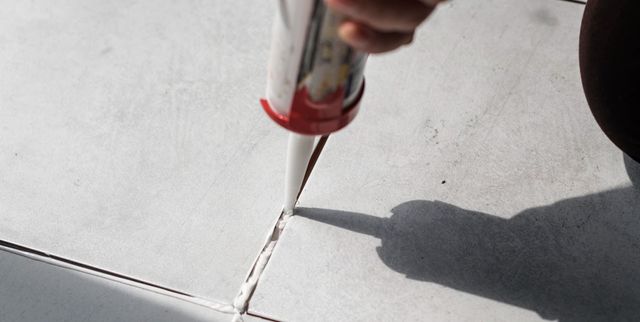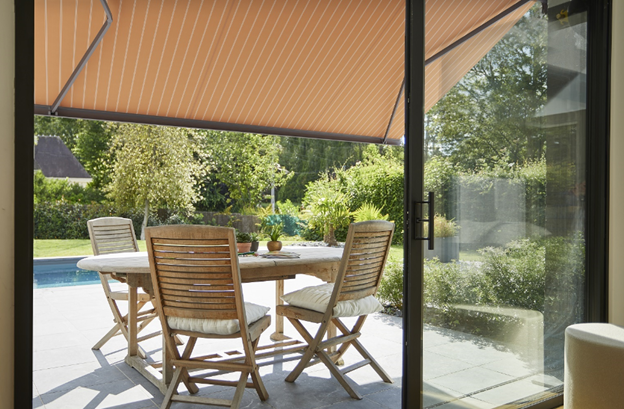With the arrival of winter, it is time to review the heating installation and check its operation. One of the elements that has the greatest impact on the aesthetics and functionality of the home are the Designer Hydronic Radiators.
Sometimes, it is necessary to install or replace the radiators of the house; for this reason, we have carried out a review of the different types that exist in the market, so that you know their characteristics a little better. Our goal is to help you choose the most suitable for your home.
Table of Contents
The Elements to Take Into Account When Choosing a Radiator Are:
- Material
- Heating power
- Weight
- Location location
- Size and location of the home
- Budget
What Material Are Radiators Made Of?
The most commonly used materials are cast iron, aluminum and sheet steel.
1. Cast Iron
These are the most common radiators in buildings built in the 70s and 80s of the last century. They have different bodies and a robust and heavy appearance.
2. Aluminum
They are more current than the previous ones and we can find them in numerous homes, especially built from the 90s.
3. Sheet Steel
These radiators are manufactured in a steel sheet panel, with different lengths depending on the needs of the space where they are to be installed.
4. Design Radiators
This type of radiator admits a multitude of designs and measures, with lengths that can go from floor to ceiling. They are normally manufactured in steel tubes and to the desired size.
5. Towel Racks
They are often used in bathrooms and are considered a form of radiator. Formed steel tubes, it admits different designs.
The manufacturer will give us the heating power of the chosen appliance, in accordance with the European specifications, included in the EN 442 standard. The heating power is measured in watts and it is normal to consider that 50W is enough to heat a space of 1 square meter.
The amount of heat that each radiator emits will depend on its surface and the difference in temperature between this surface and the environment in which it is located.
How Does The Location Of The Home Affect?
It is obvious that the needs will be different depending on the place where the house is located. The Technical Building Code divides Spain into various climatic zones, ranging from A, warmer areas, to E, for the coldest inland areas and high mountains.
Its shape and materials have evolved over time and, although today there are new invisible heating systems such as underfloor heating the truth is that the presence of radiators is the majority throughout Hydronic Heating Panels Melbourne.
In addition, we must take into account the location of the house, whether it is north or south, and the place where we are going to place the radiator. Sometimes they are located under a window, so it is also convenient to pay attention to an essential aspect: the insulation.
Should I Be Aware Of The Thermal Envelope?
The radiators currently on the market are designed and manufactured to achieve great energy optimization. However, if we want our home to be sustainable and thus achieve a reduction in energy consumption, it is important to think about the thermal envelope of the home.
Investing in insulation can be expensive but, in the long run, it means significant savings and an improvement in general living conditions for owners.
The thermal envelope would be something like the skin that protects our home against the temperature, air and humidity of the outside. It is key when it comes to saving energy and reducing polluting emissions to the environment.
The construction materials and the quality of windows and glass doors are key elements to optimize our heating system in the home.
Comfort Temperature
In winter, it is advisable to maintain an average temperature between 18 and 21 degrees Celsius. In this way, a healthy environment and environmentally friendly energy consumption are maintained.
At night, it is advisable to reduce the temperature 2 or 3 degrees; thus, we can save energy and money while maintaining the comfort of the home.




